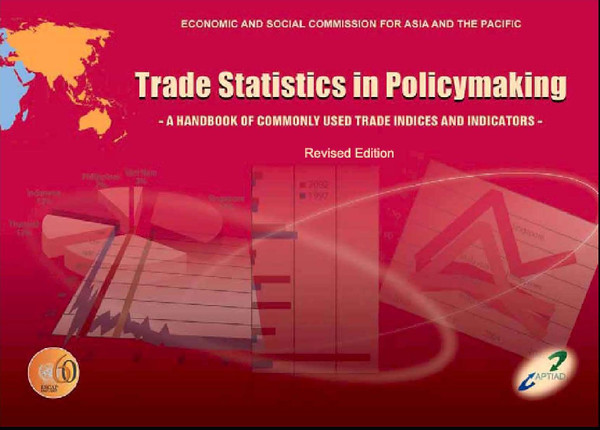Rising Non-tariff Protectionism and Crisis Recovery
During 2009, the Asian - Pacific economies witnessed the collapse of trade unprecedented in modern economic history. This collapse has been combined with contractions in production and rising unemployment in almost all economies. In their efforts to address these serious challenges, policymakers in many countries opted to use trade restrictions, often but not always, in line with the flexibility left by the multilateral trading rules on the use of contingent measures.






